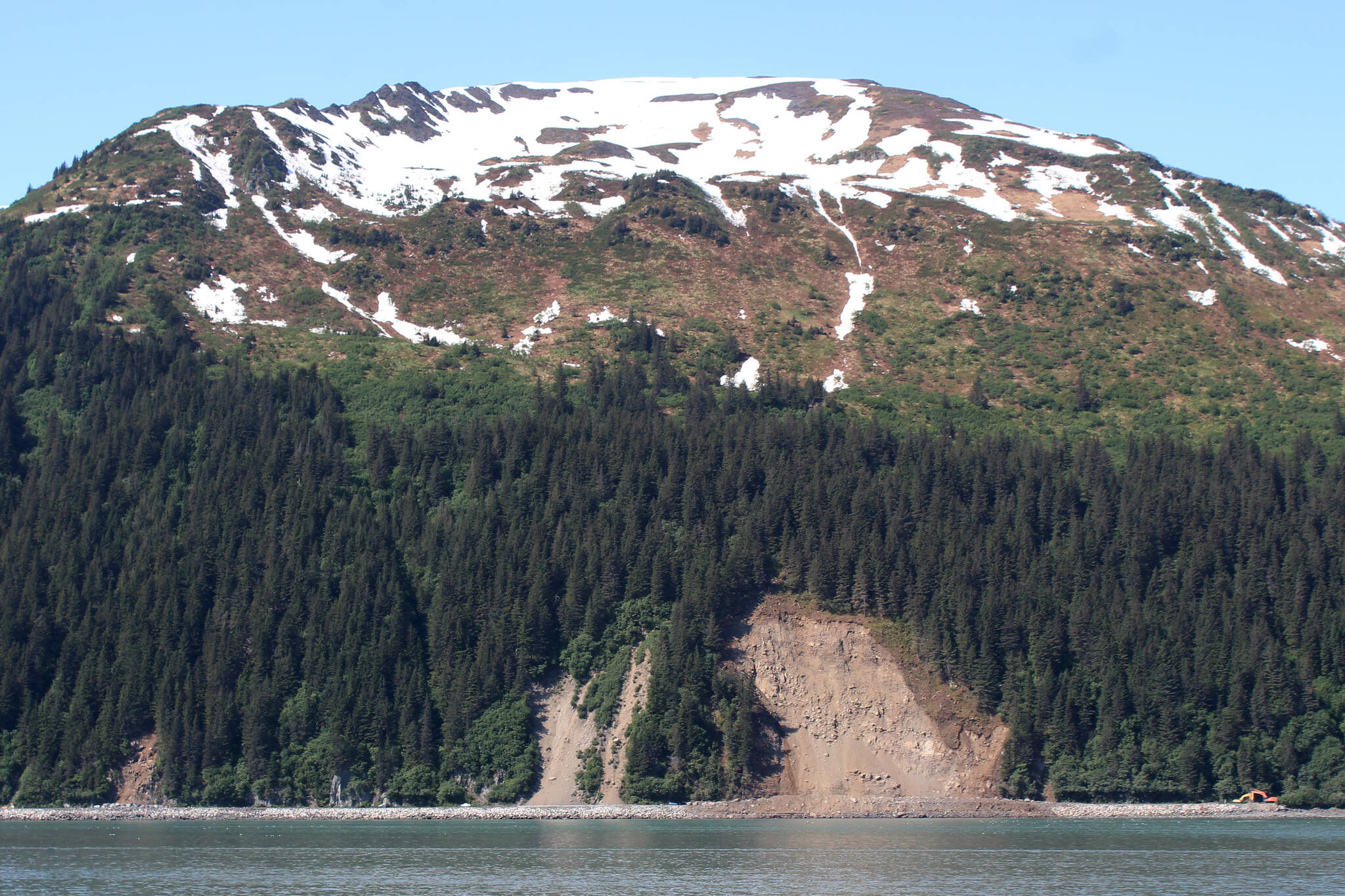By Ryan Anderson, Corri Feige, Torrence Saxe
Alaskans know how to respond to emergencies. Most of us have thought about how we would respond to a flood, fire or earthquake in our city, village or neighborhood, because our environment demands it by sending us periodic reminders.
The State of Alaska is on the front lines of Alaska’s emergency responses, and the Departments of Transportation and Public Facilities (DOT&PF), Natural Resources (DNR) and Military and Veterans Affairs (DMVA) have come to know and understand what to expect from each other. DMVA is proactive, constantly monitoring for threats that could impact daily life. They communicate with Alaska’s communities and state agencies on a regular basis and activate the emergency operations center for specific responses. This way they can pull in the assets of any state agency if the situation requires it.
Local governments and individuals play an integral part of each and every response by preparing in advance and rapidly responding when a disaster strikes their community.
The collective response to the May 7 landslide on Lowell Point Road just south of downtown Seward is a compelling example of what is possible when Alaskans rally together to assist their friends and neighbors after a disaster. To those of us who have lived in Alaska for any period of time, it’s no surprise.
The City of Seward, Kenai Peninsula Borough (KPB) alongside DOT&PF, DNR and DMVA, engaged in the response and recovery effort after more than 40,000 cubic yards of Bear Mountain slid into Resurrection Bay, covering the roadway with debris, and cutting off access on both sides of the community. Within hours of the landslide, local and state organizations started to work together to support Lowell Point as well as businesses, employees, and visitors to the area. This type of partnership is a perfect example of successful multi-agency collaboration.
Like many emergency responses, the State Emergency Operations Center (SEOC) coordinated with the local government, the City of Seward and KPB. KPB declared a disaster, and Gov. Mike Dunleavy immediately followed suit, allowing resources to start flowing from state agencies.
The SEOC provided geotechnical experts to assist in the analysis and assessment of the slide, slope stability, and safety concerns for the debris removal operations. Additional state personnel deployed to Seward to coordinate with the City and Borough on alternative access to Lowell Point.
Throughout the response to this event, the City’s contractors worked to safely remove the debris, mitigate the additional landslide and rockfall hazard, and provide much-needed parking space north of the landslide for Lowell Point residents who worked in Seward and beyond.
Through this coordinated, “all hands on deck” response, Lowell Point Road reopened just 20 days after the slide. This response is a testament to the resilience of the people of Seward and Lowell Point and the work of individuals and the local and regional businesses who could lend a helping hand including: Metco Alaska, Advanced Blasting Services, Elevate UAS, Miller’s Landing, Aurora Charters, and Harris Sand and Gravel.
These innovative and hard-working partners, along with the teams at DOT&PF, DNR and DMVA brought a sense of normalcy back to the area in time for the Memorial Day weekend.
While there is still much to do to return Lowell Point Road to a pre-slide condition, the state will continue to support the City and Borough to finish up the final steps.
We are proud of the quick response from each agency, business and private individual; it’s what Alaskans do. Rest assured, the State is always ready for the next emergency, whether it be on the Kenai or elsewhere.
Ryan Anderson is commissioner of the Department of Transportation and Public Facilities. Corri Feige is commissioner of the Department of Natural Resources. Torrence Saxe is commissioner of the Department of Military and Veterans Affairs.

